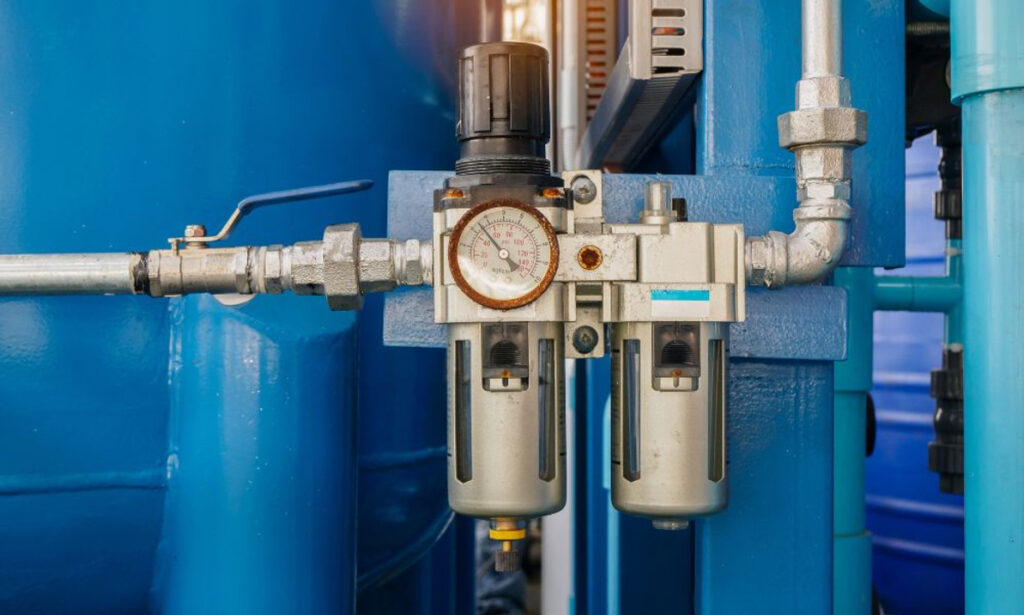A digital pressure regulator is a great device that helps you control the pressure of any gas or liquid in a machine digitally. The great thing about this regulator is that you can easily fix any problem with a couple of clicks. If you don’t know how to troubleshoot the problems, don’t worry! We have written this article to make things easier for you from the perspective of troubleshooting the regulator.
Quick safety check first
Turn off the machine and close the air or gas supply. Wear safety glasses and make sure the area is dry. Do not touch live wires or open the machine when it’s powered on.
Step 1 — Look and listen
First of all, open your eyes and ears and carefully check for loose tubes, cracked fittings, or hissing sounds. A hissing sound means there is a leakage of gas or fluid. You can also smell for an unusual smell and detect the fault. If you finally see the damage, try to fix it immediately before powering on the machine.
Step 2 — Power and display
Turn on the power and look at the screen. Many digital pressure regulators show numbers or error messages. If the screen stays blank, check the power cable and the fuse. If the screen shows an error code, write it down. You can use that code to find a solution in the manual.
Step 3 — Check the settings
Press the buttons to review the set pressure. Make sure the target value is sensible for your job. If someone changed the number by mistake, set it back. Digital pressure regulator may act slowly or jitter if its setting is wrong. Also, check that its control signal matches the regulator’s input needs or not.
Step 4 — Test for leaks
Attach a soapy water mix to joints and fittings. If there are bubbles, it means some kind of leakage is there. So, tighten fittings or replace seals and again check for bubbles. Because even a small leak can stop the device from holding the correct pressure.
Step 5 — Watch how it moves
With the system running, watch the pressure change when you add a load. If pressure drops quickly, the regulator cannot keep up. That could mean a clogged hose, a weak internal valve, or a stuck part. Clean filters and remove dirt. If cleaning does not help, the valve might need service.
Reading error codes simply
Make a quick list of the code and what you see (no screen, low pressure, noise). Check the manual or the maker’s website for the code’s meaning. If you cannot find the manual, search online for the code and your model number. You will definitely find how to fix that error.
Simple fixes you can try
- Tighten loose connectors.
- Replace blocked filters.
- Swap a weak hose.
- Reset the unit by turning the power off for 30 seconds, then on again.
Most of the time, issues are resolved by doing these fixes.
When the problem is electrical
If the lights blink oddly or the unit does not power on, do not open electrical parts unless you know how. An electronic pressure regulator needs proper wiring. So, call a trained person to check fuses, wiring, and the circuit board.
When to call a professional
Call a technician if:
- You find internal damage
- The regulator still shows errors after simple fixes
- You smell burning
Also, call for help if the unit is an electro pneumatic regulator that controls a vital process. A pro can replace parts and test the unit safely.
Prevent these problems
Clean the area, change filters on time, and check hoses monthly. Keep a small log of settings and any fixes. Good care keeps the unit working longer.
Final note
Follow safety rules and use simple checks first. Many fixes take only a few minutes. If you cannot fix the issue, ask a professional to troubleshoot a digital pressure regulator. With these steps, you will know the likely cause and the best next move.






